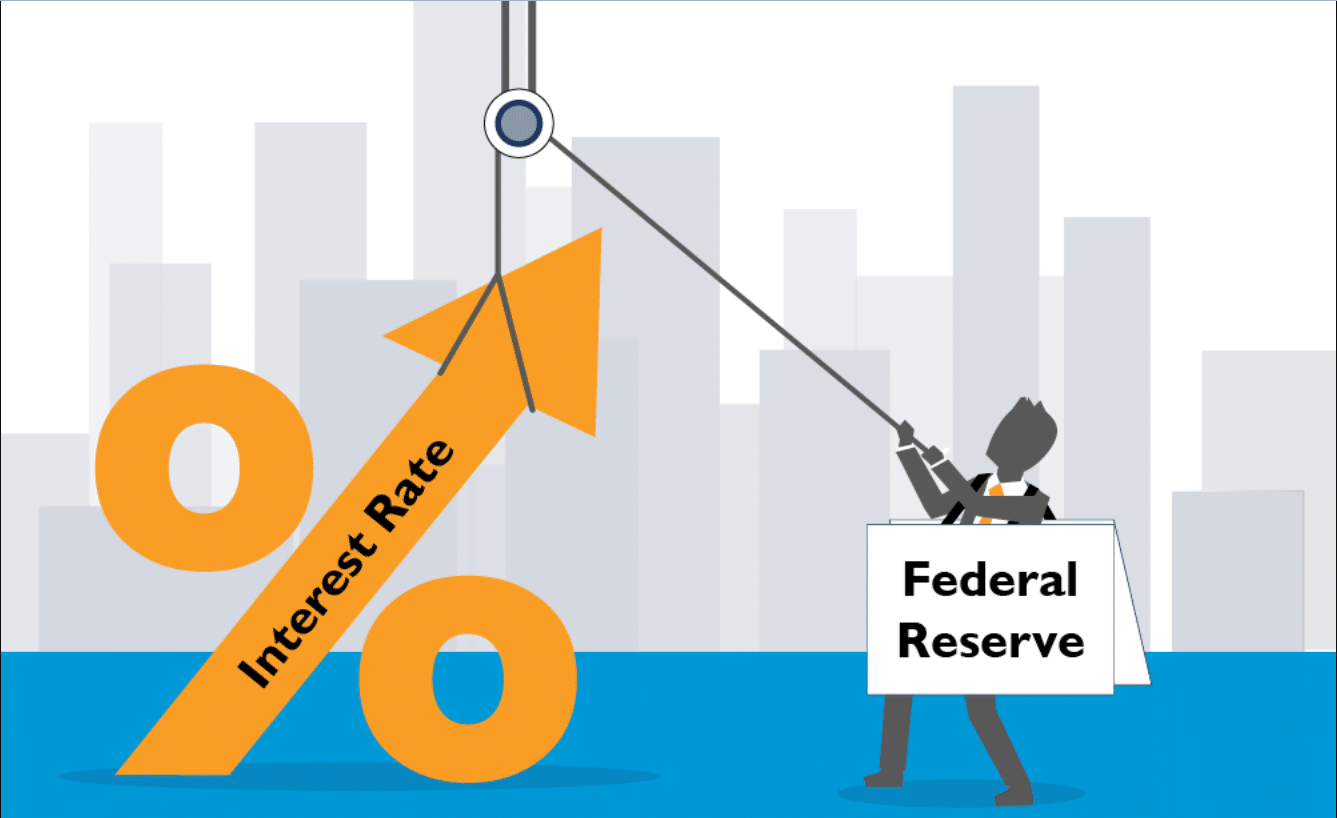As the U.S. Federal Reserve (the Fed) continues its efforts to combat inflation, interest rate hikes have become a central focus in economic news. The Fed’s decision to increase rates impacts everything from consumer spending and business growth to the overall state of the U.S. economy. In 2024, with inflationary pressures lingering, understanding how rising interest rates affect your finances is more critical than ever.
1. Why Does the Federal Reserve Raise Interest Rates?
The Federal Reserve adjusts interest rates primarily to control inflation. When inflation rises too quickly, the Fed raises interest rates to cool down the economy by making borrowing more expensive. This discourages excessive spending and investment, helping to bring prices back under control.
Currently, the Fed’s policy of raising interest rates aims to strike a balance between taming inflation and avoiding an economic recession. However, the ripple effects of higher rates are far-reaching and have major consequences for consumers and businesses alike.
2. How Interest Rate Hikes Affect the U.S. Economy
Interest rate hikes slow down economic activity by making borrowing more expensive. Here’s how:
- Consumer Spending: Higher interest rates mean more expensive loans and credit cards. This leads to reduced household spending on big-ticket items like homes, cars, and durable goods. For example, when mortgage rates increase, housing demand typically declines, cooling the real estate market.
- Business Investment: For businesses, higher borrowing costs mean fewer expansions, delayed investments, and reduced hiring. Companies that rely on credit to finance operations, purchase inventory, or expand may cut back to preserve cash flow, leading to slower economic growth.
- Job Market: Higher interest rates often lead to job market slowdowns. As companies face higher costs and shrinking profits, layoffs or hiring freezes may follow, contributing to rising unemployment levels.
3. The Impact on Consumers: Rising Debt Costs
Consumers face the most direct impact from higher interest rates in the form of increased borrowing costs. Whether you’re looking to buy a home, finance a car, or pay off credit card debt, interest rate hikes make it more expensive to borrow money.
- Mortgage Rates: When the Fed raises rates, mortgage rates typically follow suit. This makes it more expensive for homebuyers to secure loans, which can lead to fewer home purchases and a cooling housing market. Current data shows that mortgage rates in 2024 are at their highest levels since 2008.
- Credit Card Debt: Many credit card interest rates are tied to the Fed’s movements, meaning that rate hikes result in higher credit card APRs. Consumers carrying revolving credit card balances will find themselves paying more in interest, leading to increased financial pressure.
- Auto Loans: Similar to mortgages, auto loan rates rise with Fed rate increases, making it costlier to finance new vehicle purchases. This may lead to reduced demand in the automotive industry.
4. The Inflation Factor: Balancing Prices and Rates
A primary reason the Fed raises interest rates is to control inflation, but this strategy can be a double-edged sword. In the short term, higher interest rates can slow down economic growth, which may reduce consumer spending and bring down prices. However, aggressive rate hikes can also risk pushing the economy into a recession, as higher borrowing costs can stifle business growth and job creation.
In 2024, inflation remains above the Fed’s 2% target, which has kept pressure on policymakers to maintain higher rates. However, managing inflation while avoiding a full economic downturn is a delicate balancing act.
5. Managing Your Finances During Interest Rate Hikes
With the prospect of rising rates in the coming year, it’s essential to have a financial strategy in place to manage potential risks. Here are a few ways to protect your finances during periods of higher interest rates:
- Refinance Debt: If you have variable-rate loans (such as adjustable-rate mortgages or variable-rate credit cards), consider refinancing into fixed-rate products to lock in lower rates before further increases.
- Pay Off High-Interest Debt: Prioritize paying down high-interest debt, especially credit card balances. As interest rates climb, your debt will become more expensive, so focus on reducing or eliminating this burden.
- Build Emergency Savings: Higher rates often lead to economic slowdowns. Having a solid emergency fund will give you a cushion if you face job loss or unexpected expenses during uncertain economic times.
- Invest Wisely: Rising interest rates often lead to greater market volatility. Diversify your investments to hedge against rate hikes, focusing on assets that perform well in inflationary or high-interest environments, such as Treasury Inflation-Protected Securities (TIPS), dividend-paying stocks, or real estate investment trusts (REITs).
6. The Outlook for 2024: What’s Next for Interest Rates?
Economists expect the Fed to maintain its tight monetary policy throughout 2024. Although inflation is expected to cool, it will likely remain above pre-pandemic levels for the foreseeable future. For consumers and businesses alike, adapting to a high-interest-rate environment will be crucial.
The Fed has signaled that it will take a data-driven approach to its decisions, adjusting rates as necessary to balance inflation control with economic growth. However, this means we may see further rate hikes if inflation persists, making it essential for both consumers and businesses to stay financially agile.
Conclusion: Preparing for Higher Interest Rates
As interest rates continue to rise, understanding their effects on your personal finances and the broader economy is more important than ever. Whether you’re navigating mortgage costs, credit card debt, or investment decisions, being proactive in managing your finances can help you mitigate the challenges posed by a high-interest-rate environment.
Stay informed, review your financial plans, and make strategic adjustments to ensure your wealth remains resilient even as interest rates climb.


